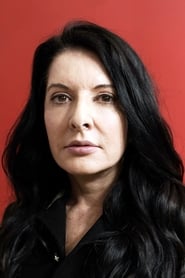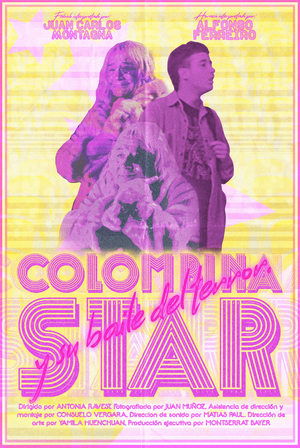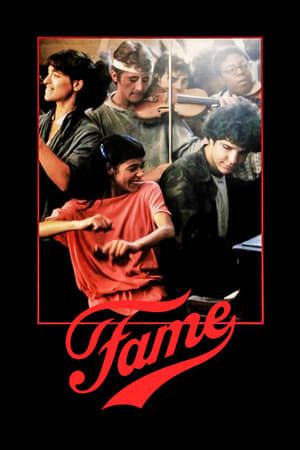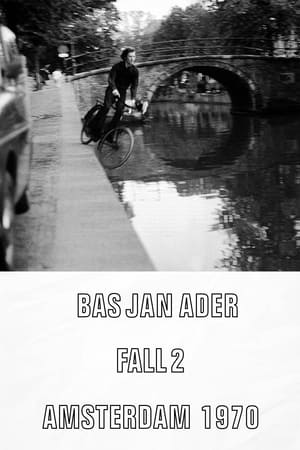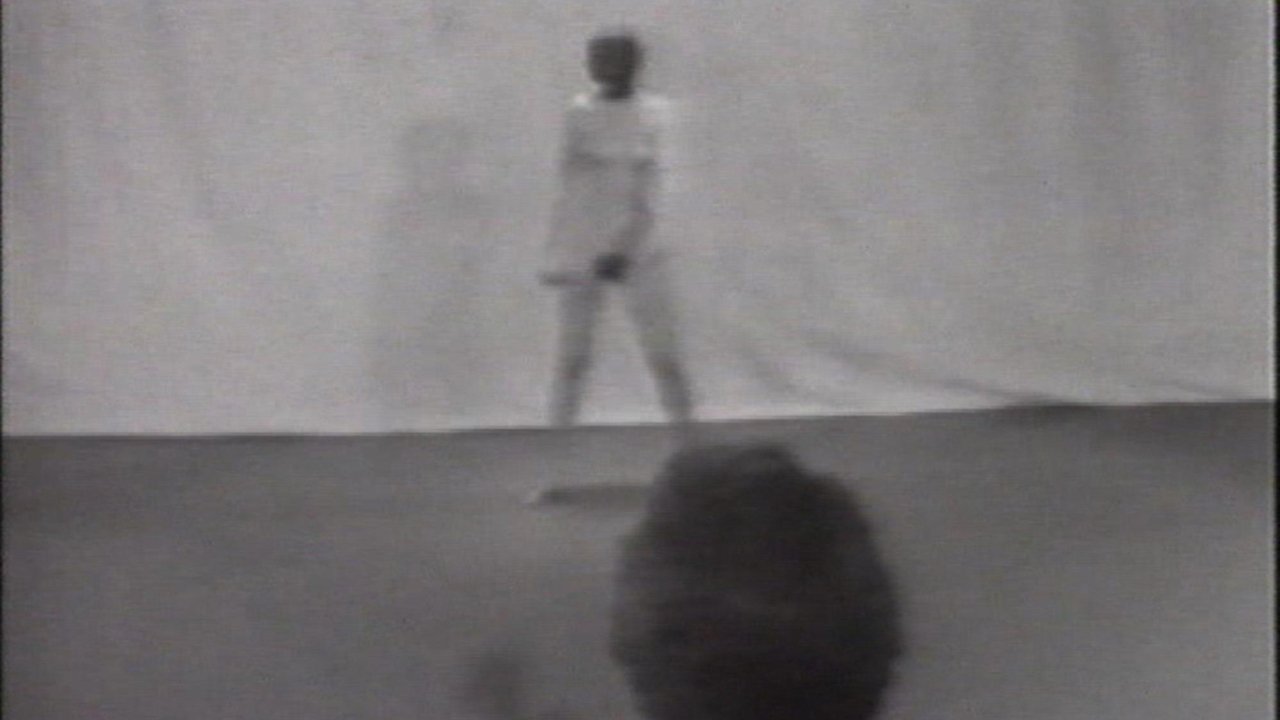
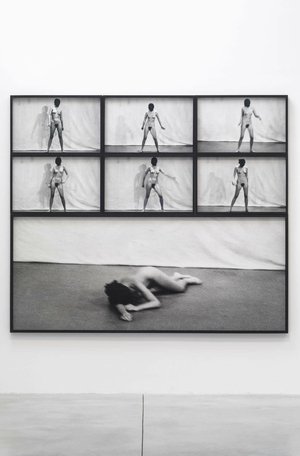
Freeing The Body(1976)
Marina Abramović Freeing the Body was performed at the Künstlerhaus Bethanien in Kreuzberg, where Abramović began dancing frantically to the sounds of a bongo player. During the early part of the performance, she still has plenty of energy, and she rocks her hips and upper body vigorously to and fro. Over the course of the six hours, exhaustion sets in. Abramović falls back on a single monotonous movement, now and then visibly exerting herself in an attempt to reivigorate her body. After a final convulsive movement, in which she tries to give her all for one last time, she allows herself to collapse onto the floor and remains lying there, completely exhausted. During the performance, Abramović's head was covered by a black scarf. In this way, the audience was not distracted by Abramović as a person or personality, and attention can be focused on the body, which, due to its anonymity, has become an abstraction.
Movie: Freeing The Body
Similar Movies
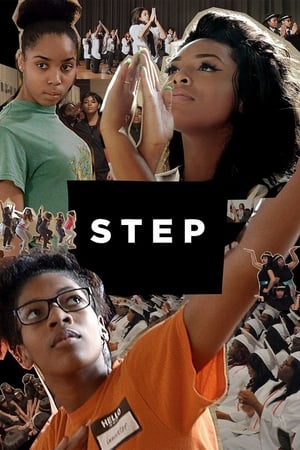 7.5
7.5Step(en)
The senior year of a girls’ high school step team in inner-city Baltimore is documented, as they try to become the first in their families to attend college. The girls strive to make their dancing a success against the backdrop of social unrest in their troubled city.
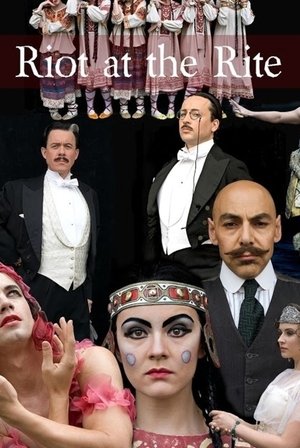 9.0
9.0Riot at the Rite(en)
In the spring of 1913, Parisian businessman Gabriel Astruc opens a new theater on the Champs Elysées. The first performance is the premiere of Igor Stravinsky's 'The Rite of Spring', danced by the Ballet Russes. The rehearsal process is extremely fraught: the orchestra dislike Stravinsky's harsh, atonal music; the dancers dislike the 'ugly' choreography of Vaslav Nijinsky. The volatile, bisexual Nijinsky is in a strained relationship with the much older Sergei Diaghilev, the Ballet Russes' charismatic but manipulative impresario. Public expectation is extremely high after Nijinsky's success in 'L'apres-midi d'un faune'. Finally, 'The Rite of Spring' premieres to a gossip-loving, febrile, fashion-conscious Parisian audience sharply divided as to its merits.
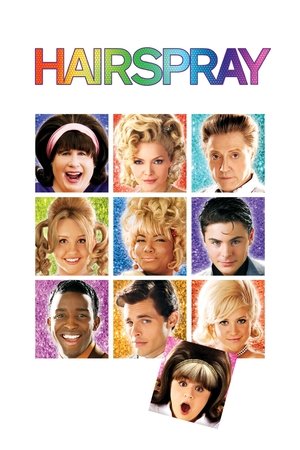 6.7
6.7Hairspray(en)
Pleasantly plump teenager Tracy Turnblad auditions to be on Baltimore's most popular dance show - The Corny Collins Show - and lands a prime spot. Through her newfound fame, she becomes determined to help her friends and end the racial segregation that has been a staple of the show.
 7.0
7.0The Sound of Identity(en)
In the spotlight of global media coverage, the first transgender woman ever to perform as Don Giovanni in a professional opera, makes her historic debut in one of the reddest states in the U.S.
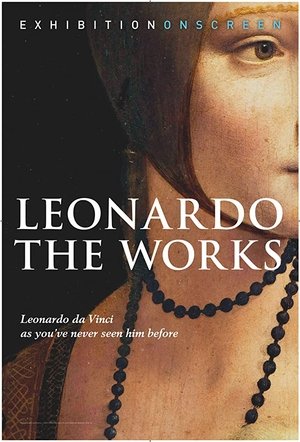 6.5
6.5Leonardo: The Works(en)
Leonardo da Vinci is acclaimed as the world’s favourite artist. Many TV shows and feature films have showcased this extraordinary genius but often not examined closely enough is the most crucial element of all: his art. Leonardo’s peerless paintings and drawings will be the focus of Leonardo: The Works, as EXHIBITION ON SCREEN presents every single attributed painting, in Ultra HD quality, never seen before on the big screen. Key works include The Mona Lisa, The Last Supper, Lady with an Ermine, Ginevra de’ Benci, Madonna Litta, Virgin of the Rocks, and more than a dozen others.
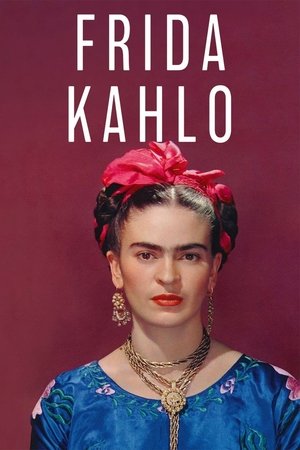 7.2
7.2Frida Kahlo(en)
She was a prolific self-portraitist, using the canvas as a mirror through all stages of her turbulent and, at times, tragic life. This highly engaging film takes us on a journey through the life of one of the most prevalent female icons: Frida Kahlo. Displaying a treasure trove of colour and a feast of vibrancy on screen, this personal and intimate film offers privileged access to her works and highlights the source of her feverish creativity, her resilience and her unmatched lust for life, men, women, politics and her cultural heritage.
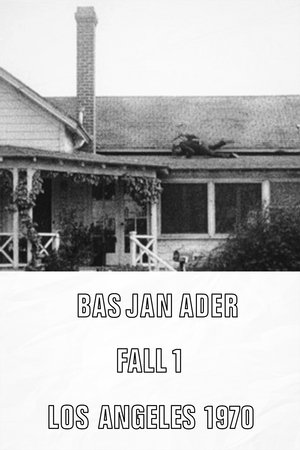 6.0
6.0Fall 1(en)
Bas Jan Ader's first fall film shows him seated on a chair, tumbling from the roof of his two-storey house in the Inland Empire.
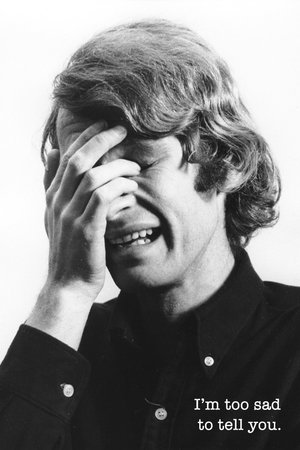 6.0
6.0I'm Too Sad to Tell You(en)
This short film is part of a mixed media artwork of the same name, which also included postcards of Ader crying, sent to friends of his, with the title of the work as a caption. The film was initially ten minutes long, and included Ader rubbing his eyes to produce the tears, but was cut down to three and a half minutes. This shorter version captures Ader at his most anguished. His face is framed closely. There is no introduction or conclusion, no reason given and no relief from the anguish that is presented.
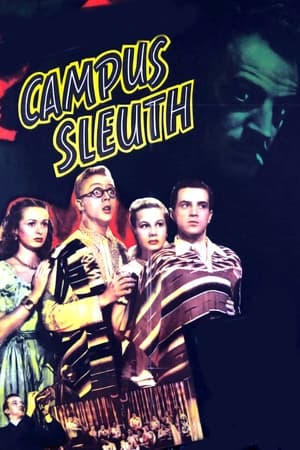 0.0
0.0Campus Sleuth(en)
A photographer is murdered just outside of where a college dance is being held. The body is discovered by Lee Watson, but promptly disappears, as it's whisked around the campus by an ex-con night watchman. However, he is not the killer, and Freddie, Betty, Dodie, and Lee set out to find the culprit, who managed to put a big damper on the big dance.
 7.5
7.5Hidden Away(it)
The film tackles the life journey of Toni Ligabue, visionary naïf painter who used to draw tigers, lions and jaguars while living among the poplar trees of the boundless Po valley. A harsh life that is a fairy tale too, as a lonely and marginalized kid finds redemption in his art, and a way to express himself and be admired by the world.
 7.3
7.3Top Hat(en)
Showman Jerry Travers is working for producer Horace Hardwick in London. Jerry demonstrates his new dance steps late one night in Horace's hotel room, much to the annoyance of sleeping Dale Tremont below. She goes upstairs to complain and the two are immediately attracted to each other. Complications arise when Dale mistakes Jerry for Horace.
 7.3
7.3Let's Go, Jets!(ja)
Female students, including Hikari Tomonaga, from a high school cheerdance club follow strict instructions from their teacher Kaoruko Saotome. They compete at the USA Cheerdance Championship.
 10.0
10.0Diotima(en)
"Dancing is sculpting in time." Diotima captures the fluid grace of two people sculpting time through dance, in a continuous one-take shot around Indy Simin's "Echt in Vorm." Their movements inside, around, and upon the sculpture reveal a simple unity, where shapes, dancers, and their environment are perpetually in motion, blending into an inseparable, seamless harmony of a never-ending dance.
Nightfall(en)
Shot in his garage-studio, the camera records Ader painstakingly hoisting a large brick over his shoulder. His figure is harshly lit by two tangles of light bulbs. He drops the brick, crushing one strand of lights. He again lifts the brick, allowing tension to accrue. The climax inevitable—the brick falls and crushes the second set of lights. Here the film abruptly ends, all illumination extinguished.
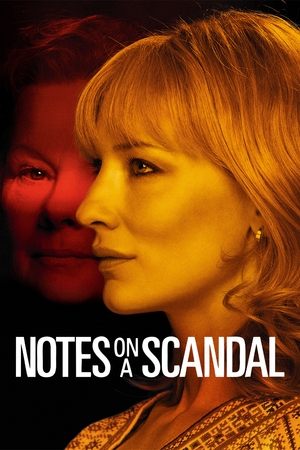 7.1
7.1Notes on a Scandal(en)
A veteran high school teacher befriends a younger art teacher, who is having an affair with one of her 15-year-old students. However, her intentions with this new "friend" also go well beyond platonic friendship.
 6.6
6.6Rize(en)
A documentary film that highlights two street derived dance styles, Clowning and Krumping, that came out of the low income neighborhoods of L.A.. Director David LaChapelle interviews each dance crew about how their unique dances evolved. A new and positive activity away from the drugs, guns, and gangs that ruled their neighborhood. A raw film about a growing sub-culture movements in America.
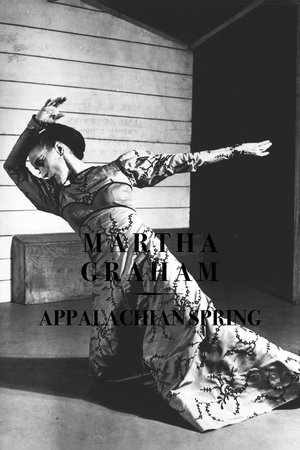 4.9
4.9Appalachian Spring(xx)
A filmed version of Aaron Copland's most famous ballet, with its original star, who also choreographed.
